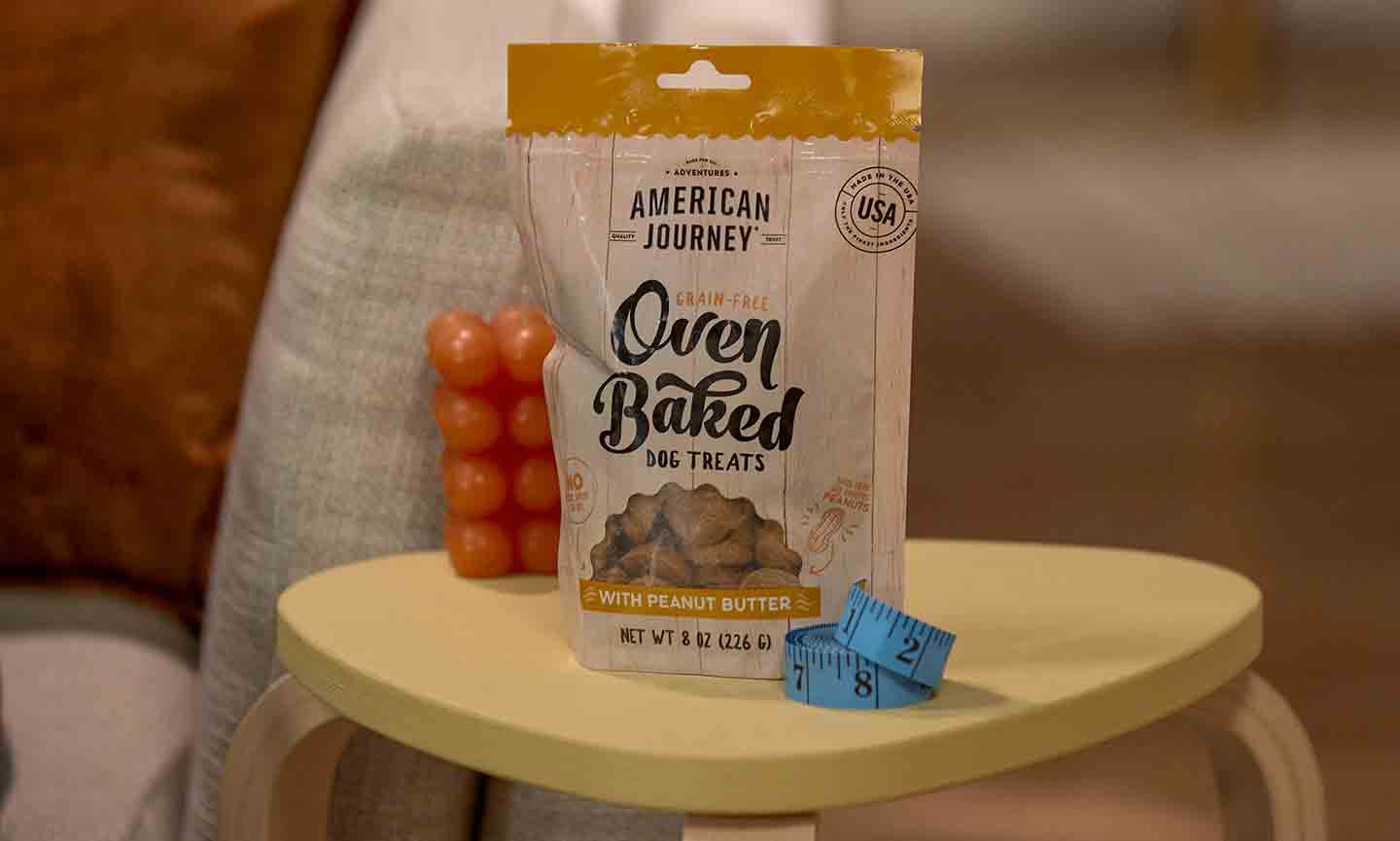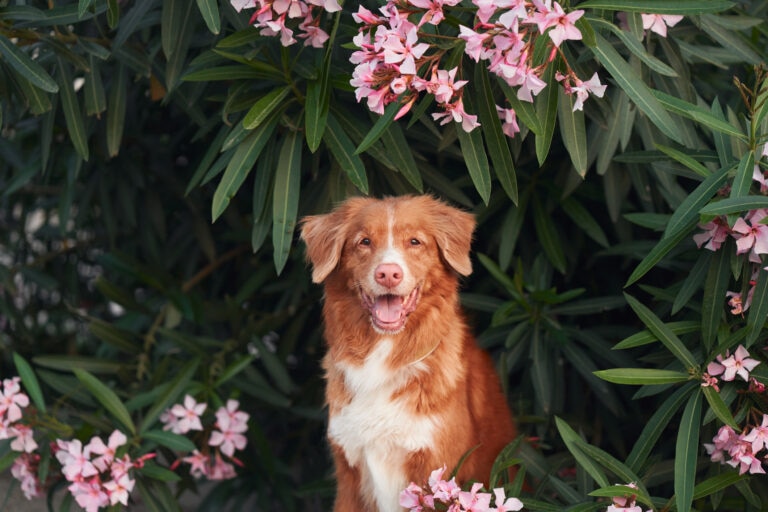How To Choose the Best Dog Bed Size for Your Pup
The amount of research you put into your own bed likely knows no bounds. After all, it’s where you spend a decent chunk of your time, and catching those Zzz’s is integral to your health. The same rings true when purchasing the best dog bed for your pup, and comfort is king whether your furry friend is a wee-sized Chihuahua, lanky Great Dane or beefy Boxer.
The right dog bed can help your pup sleep soundly, keep them in good health, and can even make your life easier (and home cleaner) by encouraging them to sleep in their dedicated spot versus elsewhere.
So, what factors should you consider when buying a quality dog bed, and how the heck do you make sure you nab the dog bed size that’ll suit your pup’s frame and sleeping style? We’ve got answers ahead.
How To Choose the Right Size Dog Bed: Step by Step
You could just pick out any dog bed and hope for the best, but taking a few extra minutes to measure your pup beforehand ensures you select a new bed that works perfectly for their frame, size and preferred sleeping position.

1. Gather Your Supplies
Before measuring, you’ll need to grab the following:
- Soft measuring tape
- Tasty dog treats
- A helping hand (especially if your dog is squirmy)
Recommended Products

2. Measure Your Dog’s Length
Measure the distance from your dog’s tail to the tip of their nose. This is their length.

3. Measure Your Dog’s Width
To determine your dog’s width, stretch the measuring tape across the widest part of their body. This is typically from shoulder to shoulder, although it may vary if your dog is stocky or on the pudgy side.

4. Consider Your Dog’s Sleep Style
Pets tend to fall into three “sleep styles”:
- Sprawlers, who like to spread out in all directions on their bed
- Curlers, who like to curl up into a tight little ball
- Leaners, who prefer to lean up against something soft
Watch your dog sleep to determine what style of sleep is their favorite. Then, use the chart below to select the correct style of bed for them:
| Sleep Style | Bed Type |
|---|---|
| Sleepers | Larger beds like pillows |
| Curlers | Just about any style of bed works! |
| Leaners | Bolster beds with lots of support |

5. Compare Your Measurements to the Size Guide
Keep these measurements handy to ensure you pick the right bed for your dog. While shopping, compare your dog’s measurements against the product size chart, which should be located in the information section or with the images. Sizes range from super small all the way to extra large and beyond to ensure there’s a perfect bed for every dog breed and their unique needs.
What Else To Consider When Buying a Dog Bed
Along with your pup’s measurements, there are a few other factors to consider to ensure you purchase the best dog bed for their needs.
Thickness
Usually, as dog beds increase in size, the mattress thickness goes up. However, some dog beds are naturally thicker because that’s how they’re built. If you think your dog could benefit from an extra-thick mattress, then consider finding a beefier mattress style.
Health Needs
Consider your dog’s age, breed and any health conditions or specific needs they may have. For example, orthopedic beds made with firm slab memory foam are great for older dogs with joint issues or arthritis. Conversely, shredded foam or thin foam may be comfy for small dogs but perhaps not the best choice for old pups with creaky joints.
Material
Dog beds are made with a range of materials. Here are some factors to consider when selecting the perfect bed for your pup:
- Durability: Super durable materials are important for active or chew-prone dogs. Generally speaking, a durable dog bed will last longer as well.
- Waterproof: If your dog tends to have accidents, a waterproof material or cover makes cleanup easier and prolongs the life of the bed.
- Washability: Similarly, a washable bed is often much easier to take care of compared to a non-washable bed. These typically have a cover that can be removed and gently laundered. Routine cleaning is important for your dog’s health and your home’s cleanliness.
Bed Placement
If you’re placing the bed in a kennel, then you’ll want to make sure the size you purchase accommodates the dog crate. It’s OK if it’s slightly smaller or larger than the crate itself, but you don’t want anything that doesn’t fit nicely inside.
Recommended Products
Signs It’s Time To Replace an Old Dog Bed
You obviously want to get as much as you can out of your dog bed investment, but it’s important to replace this item once it’s past its prime. Here are some signs it’s officially time to swap the old bed for something new:
- The mattress thickness has shrunk or become very compressed. This is no longer very supportive for your pup. Also, look for a sloped center or dented area where your dog tends to sleep.
- A tattered or disheveled appearance is more of an aesthetic issue, but it could indicate that it’s time to replace the dog bed.
- There are some funky smells or stains that you can’t seem to get rid of even after washing several times.
- Your pup is no longer interested in lounging around in the dog bed.















